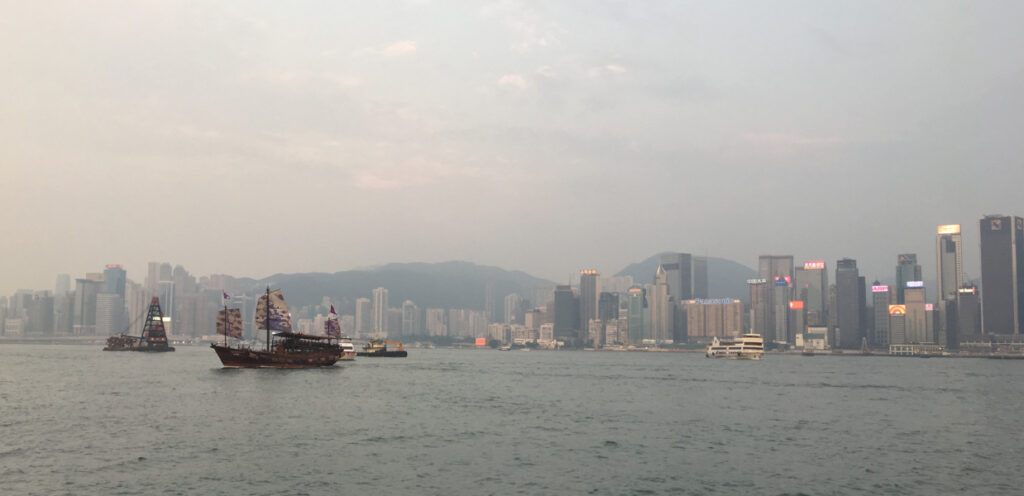FESSTVaL (Field Experiment on submesoscale spatio-temporal variability in Lindenberg) is a measurement campaign initiated by the Hans-Ertel-Center for Weather Research. It will take place in the summer months of the year 2020 at the Meteorological Observatory Lindenberg – Richard-Aßmann-Observatorium (MOL-RAO) of the German Weather Service (DWD) near Berlin. During the intensive observation period in July 2020, a summer school is offered by the participating scientists of FESSTVaL, complemented by additional lecturers. As FESSTVaL is a joint project of about a dozen scientists from seven different institutions in Germany, most of them being junior scientists (PhD and Postdoc), the working environment is dynamic and expert knowledge is brought together.
For further information on the campaign, please visit http://fesstval.de
The summer school takes place from 13 to 24 July 2020 in Lindenberg (Mark), Brandenburg, Germany, close to Berlin. It is aimed to MSc and PhD students, and Postdocs in meteorology, physics and related research areas. The seminars, group projects and lectures during FESSTVaL Summer School
are offered by national and international experts. The 12 day long intensive program will provide participants with insights into observing and understanding submesoscale atmospheric dynamics, such as convective scale observations from different platforms, submesoscale dynamics and modeling. The deadline for submission of your application is 30 November 2019. More information and details about the submission can be found at http://fesstval.de/index.php?id=5132&L=2

